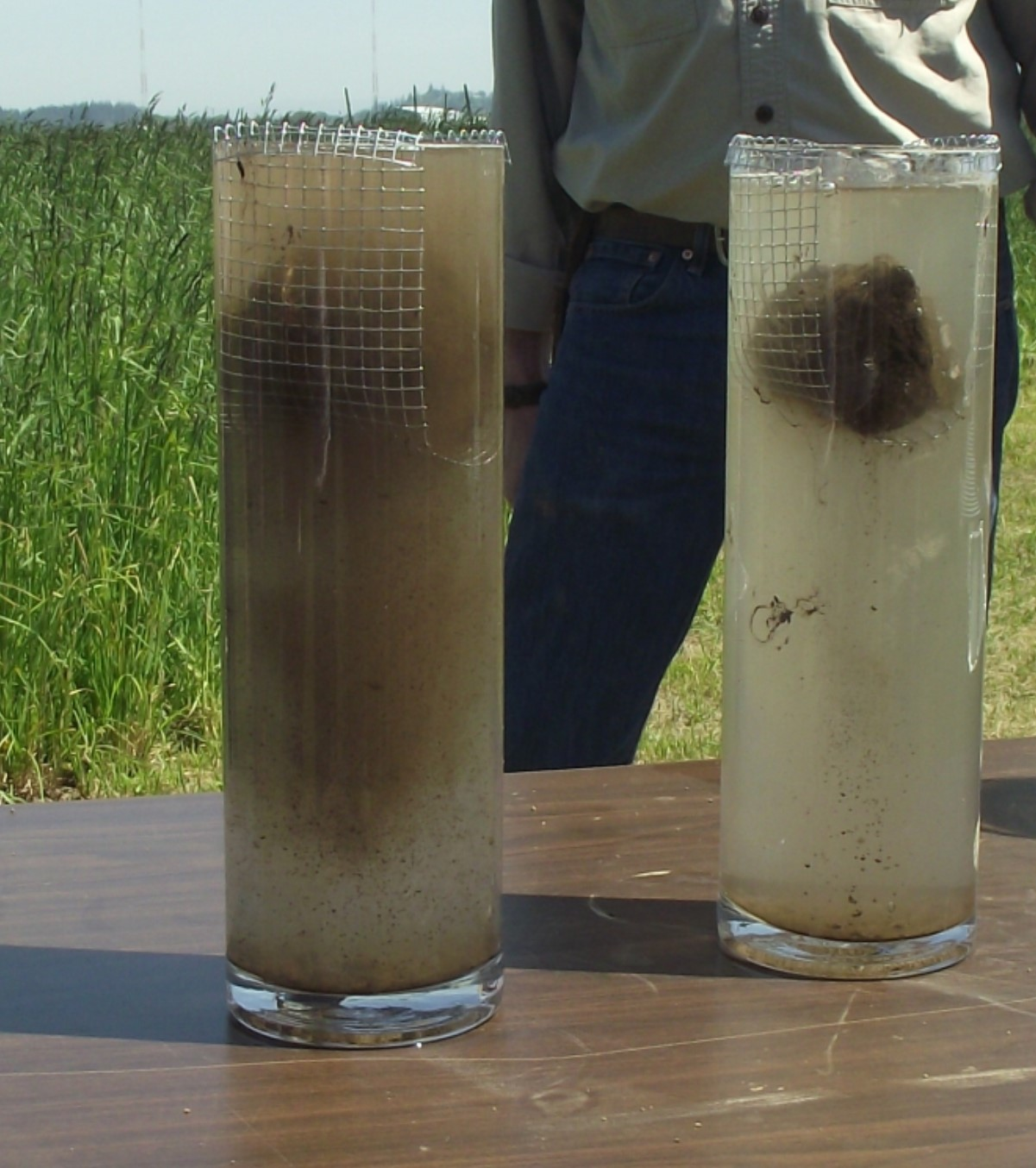Soil Assessment

Field observations and routine analysis are the basis of an informed soil management plan. A basic characteristic you can test at home is the soil texture, or proportions of sand, silt, and clay. Use this brochure to determine your soil texture.
texture-brochure2.pdfObserve your soil during the same month each year to watch for changes in soil over time. Use the Willamette Valley Soil Quality Card (EM8711) to document field observations such as structure, compaction, earthworms and weeds. This card is available online along with a user guide that describes assessments and management effects on soil.
em8710.pdfWhether you perform home testing with a garden store kit or send a sample to a lab, the answer you receive is directly related to the soil you collect. Laboratory soil analysis is like a medical blood test. The results indicate where to focus time and inputs that improve soil productivity. Parameters measured might include pH, calcium, phosphorus, potassium and organic matter. To reduce variability in sample results, collect soil from one management unit only – that is an area of the landscape that has the same soil texture and the same management history.
Linked on this page:
- A Guide to Collecting Soil Samples for Farms and Gardens: This brochure describes how to collect soil samples for laboratory analysis.
- Soil Test Interpretation Guide: Once you have received your soil test results, use this OSU guide to interpret them.


